Alberta
Canopy Growth signs deal with Indiva for Wana brand of edibles

SMITHS FALLS, Ont. — Cannabis company Canopy Growth Corp. has signed a deal with Indiva Ltd. for the exclusive rights and interests to manufacture, distribute and sell Wana branded edible products in Canada.
The companies also signed a contract manufacturing agreement that grants Indiva the exclusive right to manufacture and supply Wana branded products in Canada for five years, with the ability to renew for an additional five-year term upon mutual agreement.
Under the deal, Canopy Growth will buy about 37.2 million Indiva shares for a purchase price of 5.79 cents per share for a total of nearly $2.2 million giving it a 19.99 per cent stake in Indiva.
The company will also pay Indiva additional consideration representing a value of $844,383 and a cash payment of $1.25 million on May 30, 2024.
Canopy Growth chief executive David Klein says the agreements provide the company more complete ownership over the value chain for the Wana brand in Canada, while ensuring the continuity of high-quality manufacturing.
In addition to Wana, Indiva produces cannabis edibles under the Bhang and Pearls by Grön brands as well as its own banner.
This report by The Canadian Press was first published May 30, 2023.
Companies in this story: (TSX:WEED)
The Canadian Press
Addictions
From opioids to office: An interview with Alberta’s new addiction minister

By Alexandra Keeler
Rick Wilson shares what led him into — and out of — addiction, his goals for Alberta’s recovery model and the value of an ‘Indigenous lens’
In mid-May, Alberta appointed Rick Wilson as the province’s new minister of mental health and addiction.
Wilson, who represents the Maskwacîs-Wetaskiwin riding south of Edmonton, was Alberta’s longest serving minister of Indigenous relations, serving from 2019 to this year.
Now, Wilson is tasked with accelerating the implementation of the Alberta Model, a recovery-oriented system of care that prioritizes addiction prevention, early intervention and treatment over harm reduction.
Canadian Affairs spoke with Wilson about his priorities in the new role, how his prior work with Indigenous communities shapes his perspective and what lies ahead for mental health and addiction care in Alberta.
AK: I understand you’ve been tasked with advancing the Alberta Recovery Model. What aspects of the model require the most focus in the term ahead?
RW: My goal is going to be to keep the momentum going. [We need to] get all the recovery communities opened up, keep expanding our supports, like CASA Classrooms [classroom-based mental health programs], and just keep filling the gaps for better information.
AK: Why was your predecessor, Dan Williams, shuffled out of the post?
It was a cascading event. Our speaker took a job in Washington, so we voted for a new speaker, Rick McIver. That left a hole in Municipal Affairs, [where Dan was moved]. I’d been bugging Premier Smith for more help with addictions and mental health. She said, ‘Go fix it then, I’ll put you there.’
AK: Do you have personal experience with mental health or addiction struggles?
RW: Do you want the whole sad story here?
I used to raise a lot of cattle and had one really rank bull that was terrorizing the farm. One morning I tried to get him up, and it didn’t end well — he got me down, fractured several vertebrae in my neck and back, and collapsed my lungs. I don’t know how I survived, but somehow I did.
For a year, I couldn’t walk. I was in so much pain I didn’t even know who I was. I would literally pray for one second of relief. Whatever the doctor gives you, you’ll take it — Oxytocin to Percocet; you name it, I was on it. My wife said she’d give me a pill and an hour later, I’d be begging her for more. This went on for close to a year.
I finally had what’s called laser spinal surgery. I was one of the very lucky ones. I went into it in a wheelchair, but I came out walking, and the pain was gone.
About a week later, I told my wife, ‘I think I’m full of infection — I’m burning up with fever, I’m sweating, and I think they’ve nicked a nerve. I feel like I got a giant hole in me.’ She looked at me like I was crazy.
We went to the doctor. He said I was completely healed and asked, ‘What do they have you on?’ Then he said, ‘You just quit taking everything?’ I told him, ‘Yeah, there’s no more pain, so I just quit.’
He said, ‘Well, you’re in withdrawal.’
Once I knew what it was, I was able to tough it out, but it’s not a pleasant experience. I don’t think people are really trying to get high — you just don’t want to feel that alone. I literally felt like there was a hole right through me, like I was just empty inside. So I have a lot of empathy for people that are in addiction.
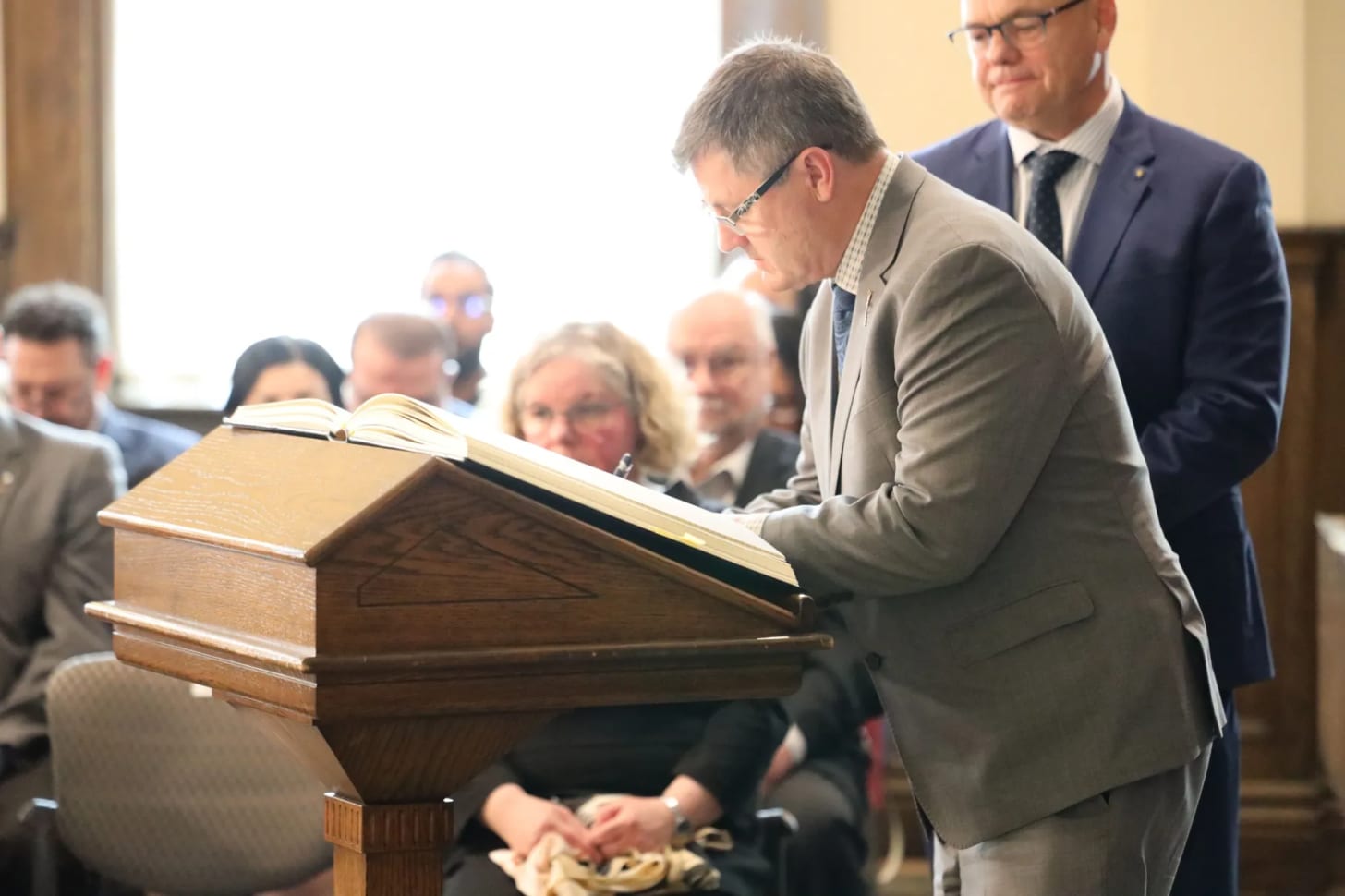
Rick Wilson was sworn in as the Minister of Mental Health and Addictions on May 16. | Rick Wilson via Facebook
RW: When I was in Indigenous Relations, half my time was spent around addiction issues. It’s horrible. Out on the First Nations, there’s hardly a chief who hasn’t lost a son or somebody close to them. That’s all I did — go to funerals, one after another.
What I learned was you really just have to listen — and that’s one thing the government isn’t good at.
AK: What learnings from that role are you bringing to your new portfolio, and how do you see them benefiting your work in mental health and addiction?
RW: I want to put an Indigenous lens on the whole thing. I think that’s the piece we’re missing. What I found most successful was to use their culture. Get the elders involved. They have the sweats, smudges and language. To take somebody’s language away is devastating.
You hear a lot about reconciliation, but I took it for real. My good friend Willie Littlechild said, ‘Minister, I want to see some reconcili-action.’ He said I could use that — so I do, a lot.
AK: Can Indigenous recovery models work more broadly for non-Indigenous Albertans?
RW: I’ve really seen it work with non-Indigenous folks as well. But everybody’s going to be different. For some people, maybe Christianity is the way to go. And for some people, it’s Alcoholics Anonymous.
I think [the common thread] is that hope. [When you’re addicted] you feel hopeless.
I felt empty, and you need something to replace that emptiness. The problem is, you turn to alcohol, you turn to drugs to fill that gap, and that’s not going to do it. It’s a very temporary fix that just pushes you deeper down the rabbit hole.

Minister Rick Wilson celebrates the Pigeon Lake Regional School Class of 2025 on May 25. | Rick Wilson via Facebook
AK: Can you explain what a recovery community is, and how it fits into the province’s continuum of care?
RW: The way they used to do it, you’d throw someone in recovery for a couple of weeks [and expect] that should cure it, then out you go. Well, that doesn’t work.
[Now] it’s more of a holistic approach: you go into detox, and then from there, you go into rehab. Some people fall out of rehab, [but they go] back into detox, and eventually you start working your way around the circle.
Transitional housing is key. You can’t just send someone back into the community without support — they’ll relapse. After housing, the focus is on community reintegration, finding work, and family support. It’s like an Indigenous healing circle — a full circle to prevent falling back into addiction.
We’re working on 11 sites — one in Red Deer, Gunn, Lethbridge and Calgary opening this summer. Seven more are planned, including Edmonton, Grande Prairie and five with Indigenous communities.
AK: Some critics argue that the Alberta Model leans toward coercive care, and that the benefits of involuntary treatment may not outweigh the risks and costs. How will the Compassionate Intervention Act, which mandates addiction treatment, address those concerns?
RW: Compassionate care isn’t just for the individuals [with substance use disorders]. We have to be compassionate for them, but we also have to be compassionate for the people in their community that are impacted.
In my own riding in the Maskwacîs-Wetaskiwin — some people come in [to the hospital] three times in a day that have overdosed. To overdose several times a day — you’re doing brain damage when you’re at that point.
These people are in dire straits, and we have to intervene with them, because they’re not even capable of thinking for themselves [or] to go for voluntary treatment. We want to give the people that are addicted that opportunity to rebuild their lives. Right now, there’s just a lot of enabling going on.
This interview has been edited and condensed for clarity.
This article was produced through the Breaking Needles Fellowship Program, which provided a grant to Canadian Affairs, a digital media outlet, to fund journalism exploring addiction and crime in Canada. Articles produced through the Fellowship are co-published by Break The Needle and Canadian Affairs.
Alberta
Poilievre poised for comeback in Alberta stronghold

This article supplied by Troy Media.
Byelection win in Battle River-Crowfoot looks inevitable for Poilievre
Conservative Party leader Pierre Poilievre unexpectedly lost his Ontario-based seat in the House of Commons in the federal election. He’s running in a byelection in a safe Conservative riding in a different province. While some of his opponents and critics are hoping that lightning will strike twice, they can safely put this pipe dream to rest.
Poilievre was first elected in 2004. He ran as a Conservative MP in the Nepean–Carleton riding against David Pratt, a two-term Liberal MP and then Minister of National Defence. It was predicted to be a close race, and that’s exactly what happened. The 25-year-old, who had previously been
involved in Reform Party and Canadian Alliance circles, worked hard in this riding. He established a strong ground game with new and existing grassroots support. He won the riding with 30,420 votes (45.7 per cent), while Pratt finished second with 26,684 votes (40.1 per cent).
The newly minted Conservative MP’s support in Nepean-Carleton expanded in the preceding elections. He won 54.7 per cent in 2006, followed by 55.84 per cent in 2008 and 54.45 per cent in 2011. When his old riding was recreated during the federal election redistribution in 2012, Poilievre shifted to the new riding of Carleton. It wasn’t quite as Conservative-leaning, which meant it would take more work to hang on to this seat.
The 2015 election was a tough battle for Poilievre, but he won 46.86 per cent versus Liberal candidate Chris Rodgers’s 43.74 per cent. He had an easier time against Rodgers in their 2019 rematch, winning 46.35 to 38.23 per cent. Poilievre nearly crossed the 50 per cent threshold in 2021, earning 49.9 per cent of the vote. He now seemed solidly entrenched in Carleton.
That’s what made Poilievre’s April 28 loss to lightly regarded Liberal candidate Bruce Fanjoy so surprising.
There were a few factors that likely contributed to this upset. The Ottawa region, where the Carleton riding is located, turned heavily against most Conservative candidates in this year’s election. Poilievre had to run a national campaign and couldn’t spend nearly as much time in his local riding as he had done in the past. The Longest Ballot Committee, which was established in 2021 to protest Canada’s first-past-the-post electoral system, flooded the ballot with independent candidates and muddied the political waters. And, as Fanjoy suggested in an April 29 interview with CBC Radio’s Ottawa Morning, the issue of U.S. President Donald Trump and his tariffs could have partially turned the tide.
So be it.
Poilievre wanted to continue in politics and remain Conservative leader. His next move was to find a new seat to run in a byelection. He needed to resolve this matter quickly so that he could return to the House of Commons.
When three-term Conservative MP Damien Kurek graciously decided to step aside from his seat in Battle River-Crowfoot on May 2, a unique opportunity had opened up. Would Prime Minister Mark Carney call a byelection? He told the media that “I will ensure that it happens as soon as possible… no games, nothing, straight.” To his credit, the PM kept his word. When Kurek officially resigned on June 17, Carney issued the byelection writ on June 30.
Battle River–Crowfoot is one of the safest Conservative ridings in Canada. There hasn’t been a close result since the rural Alberta riding was created in the aforementioned 2012 federal election redistribution. Kevin Sorenson won 80.91 per cent of the vote in 2015, while Kurek won 85.5 per cent, 71.3 per cent and 82.84 per cent in 2019, 2021 and 2025, respectively.
If you include results in other iterations of the riding—Acadia, Battle River, Battle River-Camrose, Camrose and Crowfoot—it’s been in the hands of a right-leaning politician for all but two years. The only time it changed was when former Progressive Conservative MP Jack Horner crossed the floor to the Liberals in 1977. He was then crushed in the 1979 election, earning only 18.2 per cent of the vote against Progressive Conservative candidate Arnold Malone’s 77.12 per cent. (Malone decisively beat Horner again in 1980, winning 76.61 to 15.53 per cent.)
Some political pundits and prognosticators may be hoping the Aug. 18 byelection will be closer than expected. Liberal candidate Darcy Spady, along with Independents Bonnie Critchley and Sarah Spanier and some smaller party candidates, are all attempting to beat Poilievre in a riding that he’s never represented. The independence movement that has encompassed Western Canada as of late goes right through this riding. The Longest Ballot Committee has targeted Battle River–Crowfoot in hopes of creating another Carleton-like upset, too. Don’t count on any of this happening, however.
338Canada, a respected Canadian-based political forecasting and commentary website, showed a massive Conservative lead of 80 per cent (with a possible uptick of up to six per cent) on July 13. The odds of a Conservative win in Battle River–Crowfoot are currently at 99 per cent.
Poilievre is firmly in the driver’s seat. While it obviously doesn’t matter what his margin of victory is in Battle River–Crowfoot, he would surely like to keep it close to Kurek’s most recent victory. This means he can’t rest on his laurels—which isn’t his style to begin with—and has to take it to the finish line.
That’s exactly what he’s going to do.
Michael Taube is a political commentator, Troy Media syndicated columnist and former speechwriter for Prime Minister Stephen Harper. He holds a master’s degree in comparative politics from the London School of Economics, lending academic rigour to his political insights.
Troy Media empowers Canadian community news outlets by providing independent, insightful analysis and commentary. Our mission is to support local media in helping Canadians stay informed and engaged by delivering reliable content that strengthens community connections and deepens understanding across the country.
-

 Energy2 days ago
Energy2 days agoIs The Carney Government Making Canadian Energy More “Investible”?
-
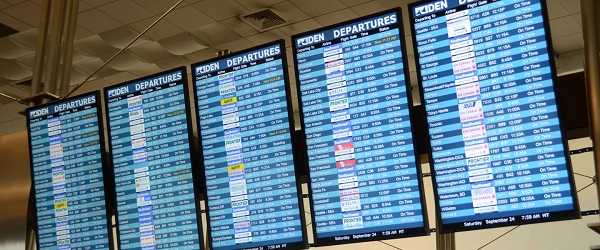
 Business2 days ago
Business2 days agoCompetition Bureau is right—Canada should open up competition in the air
-

 Immigration2 days ago
Immigration2 days agoUnregulated medical procedures? Price Edward Islanders Want Answers After Finding Biomedical Waste From PRC-Linked Monasteries
-
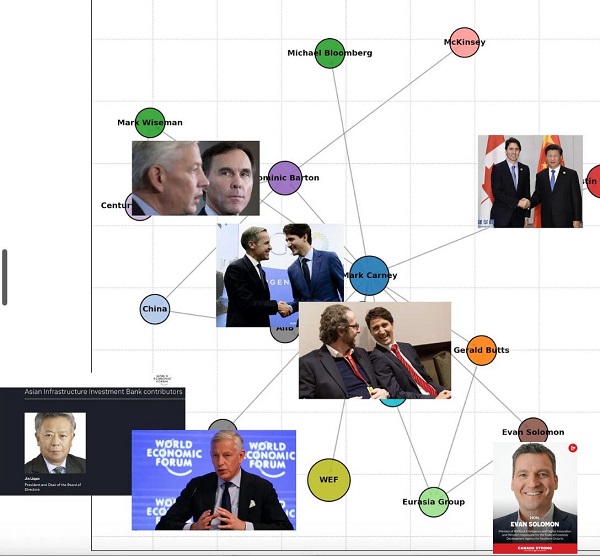
 Business2 days ago
Business2 days agoDemocracy Watchdog Says PM Carney’s “Ethics Screen” Actually “Hides His Participation” In Conflicted Investments
-
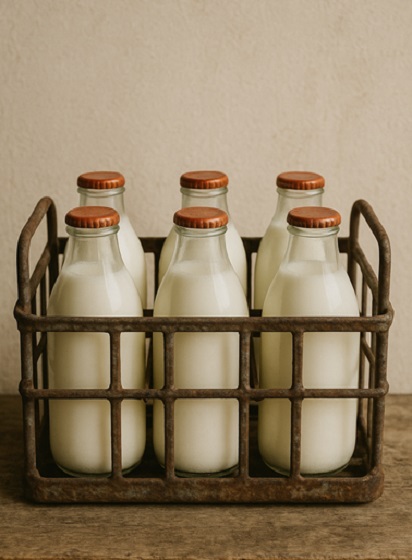
 Business2 days ago
Business2 days agoIt’s Time To End Canada’s Protectionist Supply Management Regime
-
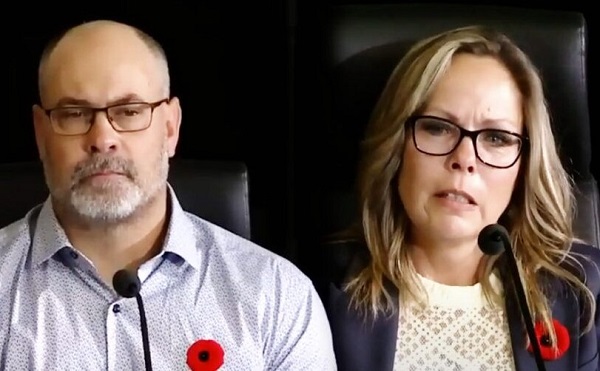
 COVID-192 days ago
COVID-192 days agoFreedom Convoy leaders’ sentencing hearing to begin July 23 with verdict due in August
-
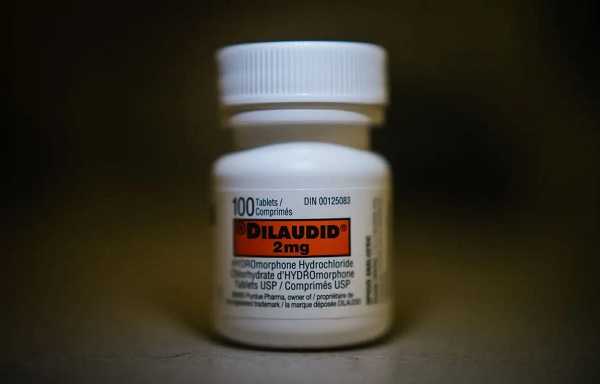
 Addictions2 days ago
Addictions2 days agoAfter eight years, Canada still lacks long-term data on safer supply
-
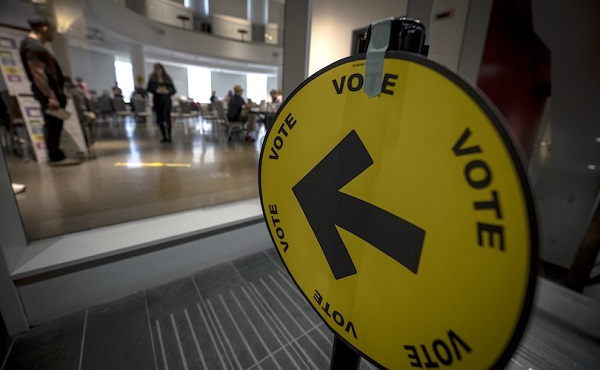
 National2 days ago
National2 days agoLiberals push to lower voting age to 16 in federal elections








